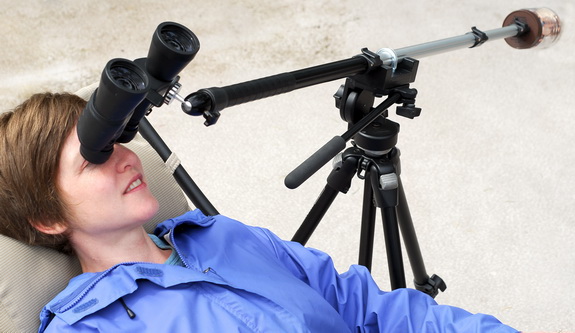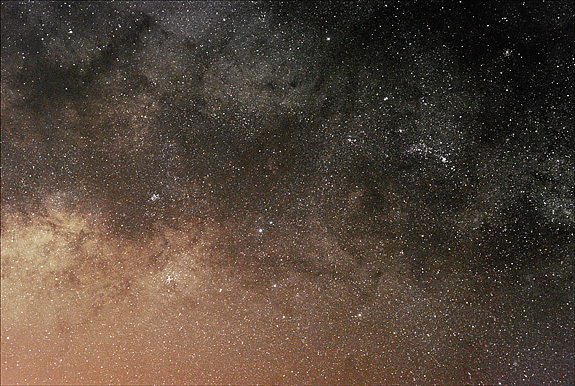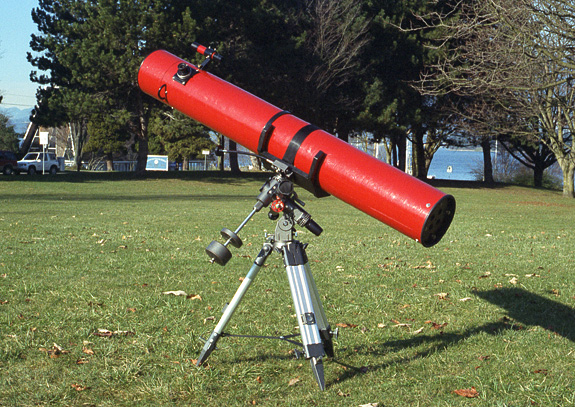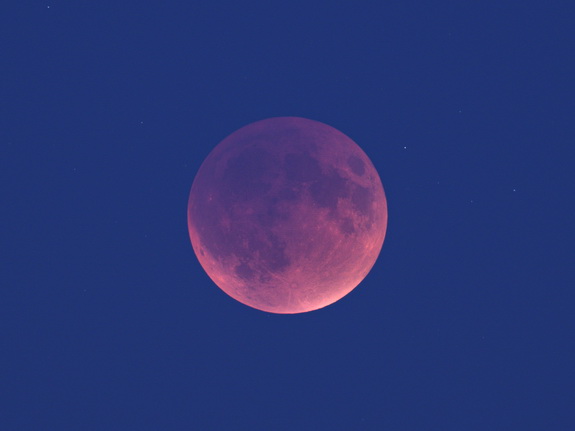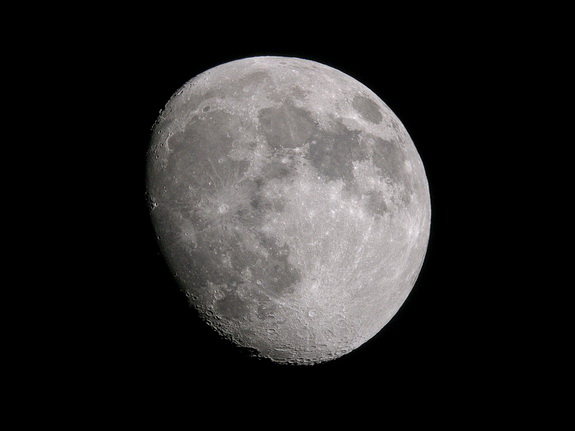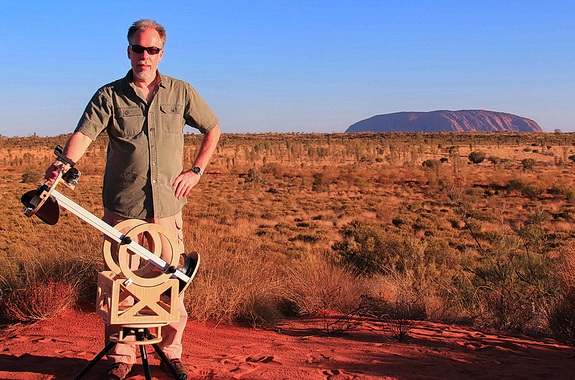
Me, the Outback Travelscope, and a bloody big rock.
(Photo courtesy George Brandie)
When I was preparing to travel to Australia for a total solar eclipse and some dark-sky observing sessions in the Outback, I decided it was finally time to rebuild my 8-inch travelscope so that it could go into my suitcase and arrive safely at my destination.
Continue reading “Building the Outback Travelscope”


